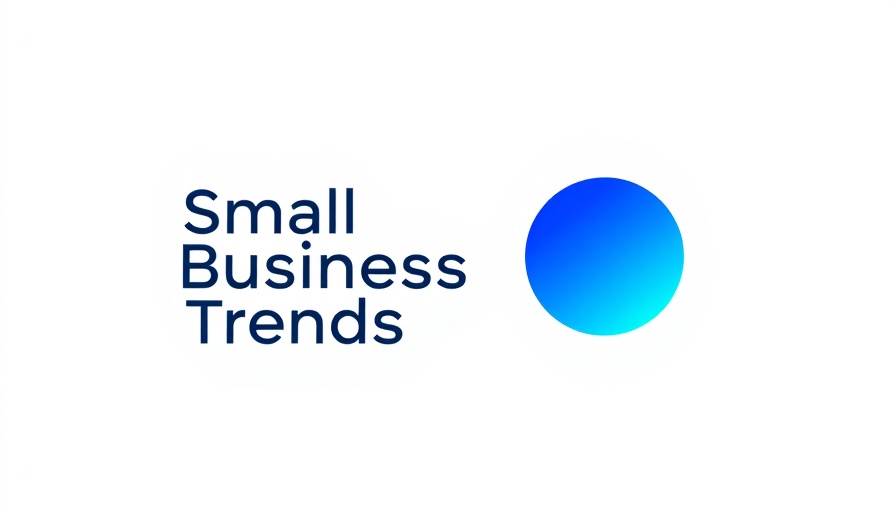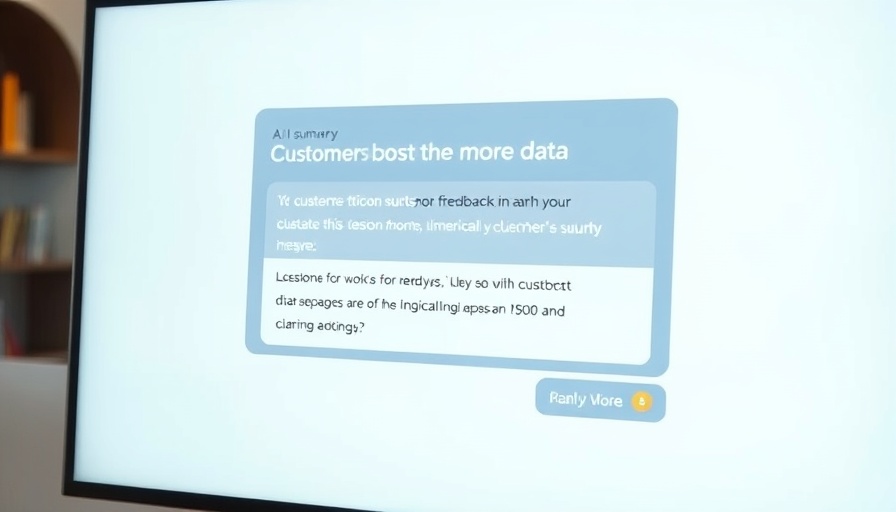
Transforming HR with AI: The Launch of Agentforce for HR Service
Salesforce has recently introduced Agentforce for HR Service, an innovative suite of AI-driven tools aimed at enhancing the employee experience and alleviating the workload of busy HR teams. Available directly through platforms like Slack and Employee Portal, Agentforce seamlessly integrates into daily operations, enabling employees to self-service their HR needs without navigating through cumbersome systems.
Why Does Employee Support Matter?
In today’s rapidly evolving workplace, employee satisfaction and productivity have become crucial for organizational success. With approximately 90% of HR teams feeling overburdened, delayed responses to employee queries can lead to frustration and decreased morale. Agentforce's ability to address HR questions and manage key tasks—from time-off requests to profile updates—ensures that employees feel supported and valued, which in turn can enhance overall workplace productivity.
AI-Powered Solutions at Work
Agentforce’s capabilities are designed with precision and personalization at their core. By leveraging existing Human Resource Information Systems (HRIS) and structured employee data, Agentforce provides context-aware answers tailored to individual employee profiles. For example, its ability to determine eligibility for benefits like corporate cards based on role and location highlights the tool’s functionality in delivering customized support.
Boosting HR Efficiency Through Swift Action
One of Agentforce’s standout features is its integration capability with various HR platforms. The automation of routine tasks, such as managing leave requests and direct deposits, allows HR personnel to redirect their focus towards more strategic initiatives. The 96% self-service resolution rate reported by Salesforce’s own HR team underscores the potential of Agentforce in streamlining operations. This efficiency can significantly mitigate the stress on HR teams, fostering a healthier workplace environment.
Future of HR Interactions: Humans and AI Collaborating
The HR landscape is on an interesting trajectory. As noted industry experts suggest, the next five years will see a merger between human interactions and AI systems in the workforce. With 80% of HR leaders acknowledging this shift, Salesforce’s Agentforce positions itself at the forefront of this evolution—prompting organizations to rethink the future of employee support through a collaborative lens of technology and human oversight.
Making Informed Decisions with Agentforce
For business leaders contemplating technological investments, adopting an AI-based solution like Agentforce could transform your HR practices. Understanding program tracking, HR case management, and expense validation through this AI tool not only empowers HR departments but also enhances employee experience, driving loyalty and retention in a competitive market.
In conclusion, Salesforce’s Agentforce for HR Service promises to be a game-changer, optimizing support systems for employees and liberating HR resources. As workplaces adapt to the digital age, utilizing such tools will be pivotal in maintaining a motivated and engaged workforce. To lead your business effectively through these transitions, consider integrating AI-driven solutions into your operations to future-proof your organization.
 Add Row
Add Row  Add
Add 



Write A Comment